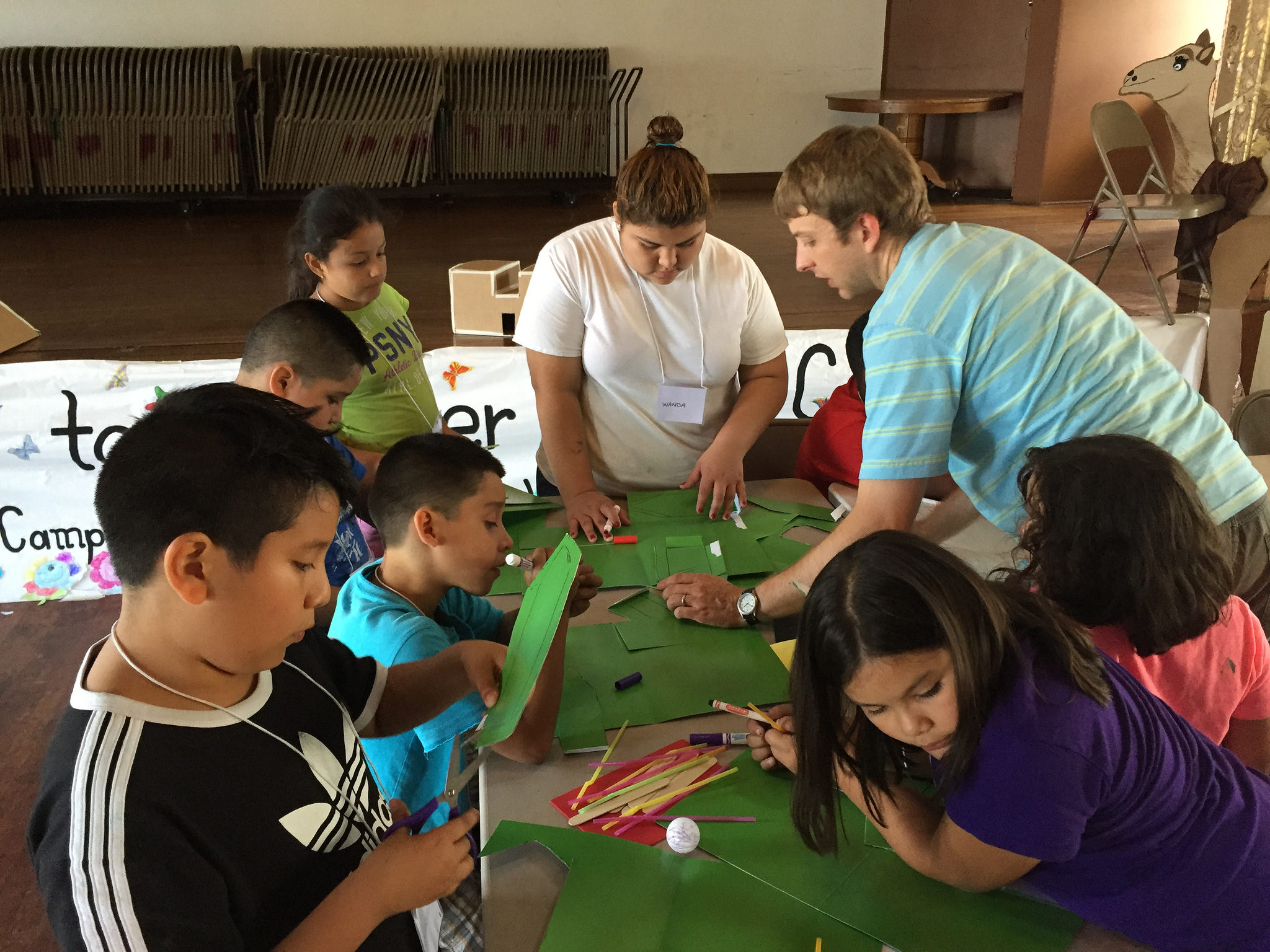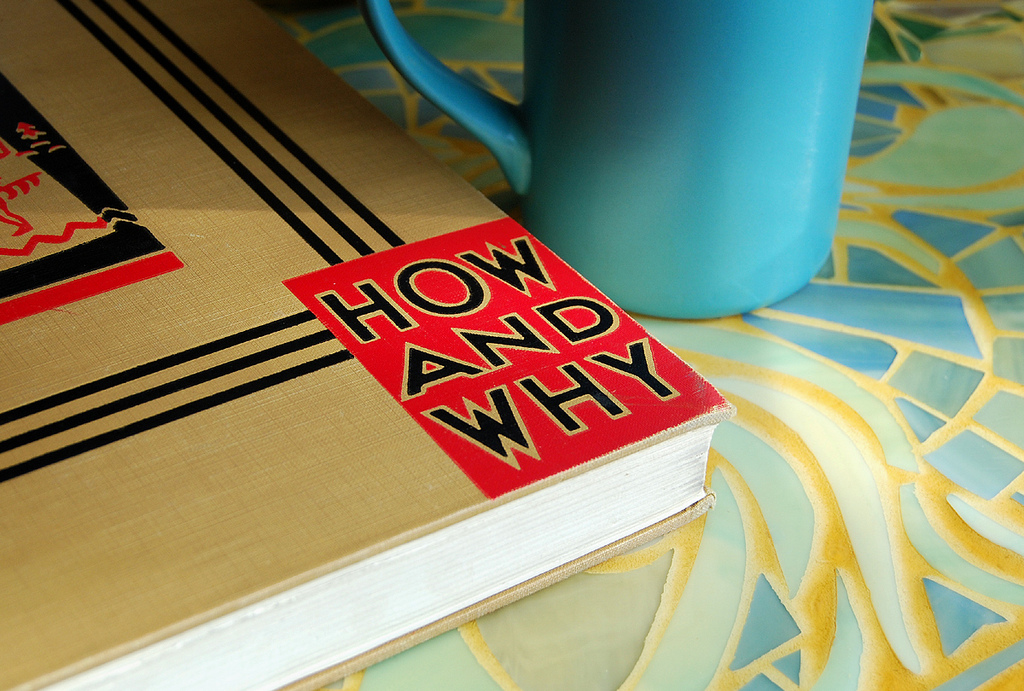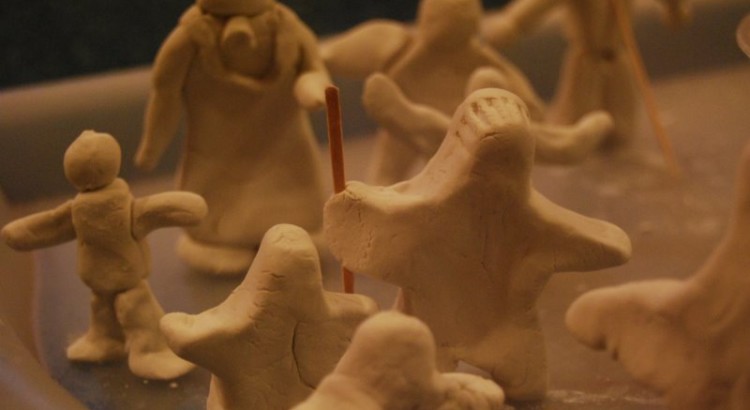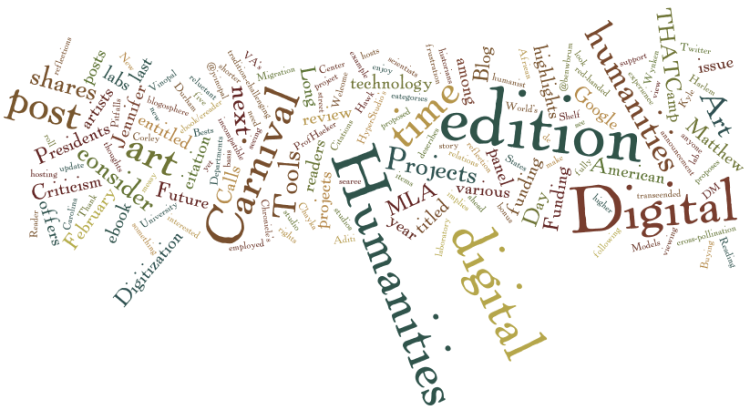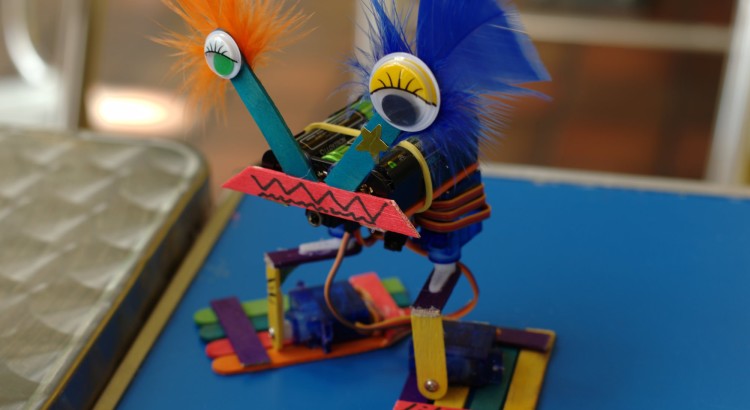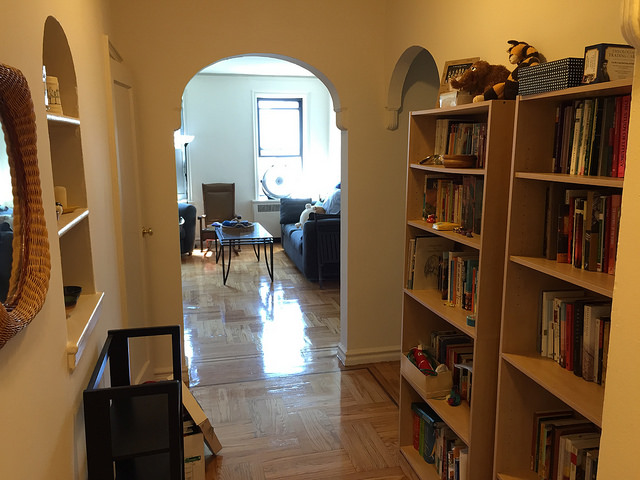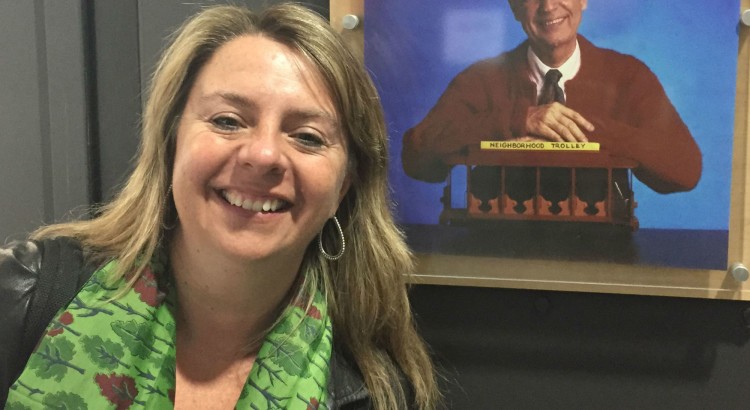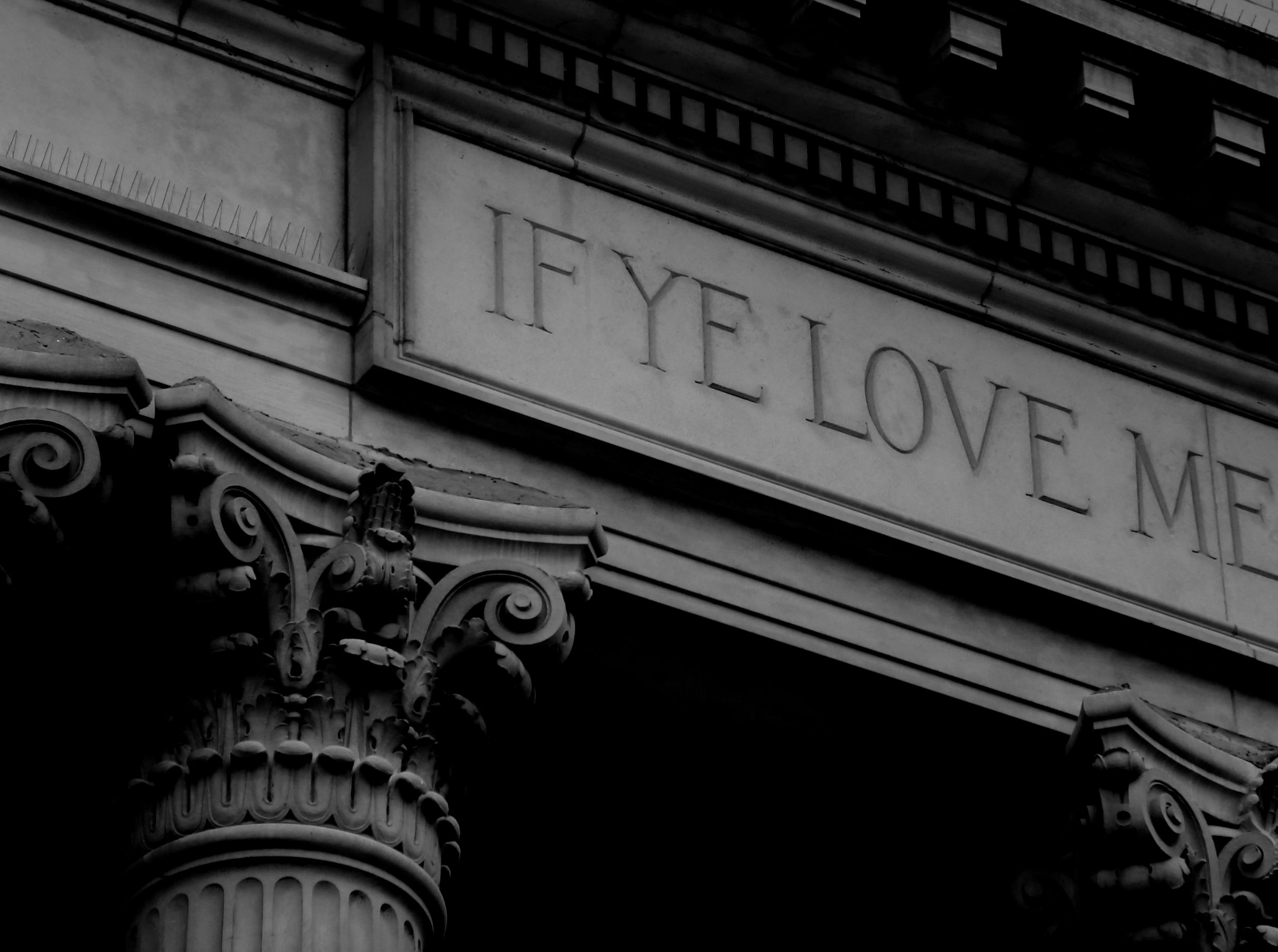(Deuteronomy 4:1-2, 6-9; Psalm 15; James 1:17-27; Mark 7:1-8, 14-15, 21-23)
Preached at St. Peter’s Episcopal Church in the Bronx on August 30, 2105.
Audio | Text:
It’s Friday evening at about 6:10 pm. We’ve reached the play’s penultimate scene, which apparently not all of the cast has seen.
“Fr. Kyle, is that a llama?” a girl of six or seven asks me.
“Well, Zury, I think it’s supposed to be the golden calf, but it looks like a llama to me.”
If I’m also looking a little shaggy and haggard to you this morning, it’s because I’ve been in the desert all week, just like that golden calf. I’ve been helping with a Vacation Bible School aka VBS, and our story was, as you might have figured, the life of Moses.
My wife is the new curate at St. Peter’s in Port Chester, and taking the lead on el Campamento Biblico de Verano was one of her first big projects. And as it happens, my day job is at a seminary teaching and learning resource center, and one of our specialties is supporting VBS planning for congregations all over the country.
So my boss gave me permission to go on what I started calling a “VBS ridealong,” a chance to help out, observe, and take a few craft and game ideas through “play testing” in a real congregation.
To be honest, I was a little nervous at first about our theme. We had a very wide range of ages, as well as wide variation in the language skills and preferences of both participants and volunteers.
I didn’t relish the thought of describing some of the more grisly Plagues of Egypt to a six-year-old, or trying to do so in my still laughably basic Spanish. One prominent VBS leader says that the theme of any such program is “I love you and God loves you and that’s the way it should be.”
So I figured we’d have some explaining to do regarding, in order of appearance, Hebrew infants thrown in the Nile, the plague of the the firstborn, and dead Egyptians on the Red Sea shore. This story has a lot of unlovely details.
But it’s safe to say that I was very wrong. Yes, there are ways to tell the story with integrity to a child of any age, and, yes, our tendency to over-sanitize the Bible does more harm than good. But to understand what really brought me around on teaching Moses at VBS, we should have a listen once again to Moses’ words for us on this, the 14th Sunday after Pentecost.
In the opening chapters of the Book of Deuteronomy, Moses is reminding his fellow Hebrews how far they have made it: from slaves in Egypt to fugitives on the run, from wanderers in the desert to receivers of the law to—almost immediately—transgressors of that law. And did he mention wanderers in the desert?
And now, finally, forty years later, they are preparing to become inheritors of God’s promised gift to Abraham: the land of Canaan, a place to build houses and plant crops and live a settled life with countless offspring. Indeed, part of the reason for this Deutero-nomion, this second book of law, is that the people would now need guidelines that governed an entirely different lifestyle and pattern of relationship with God, self, neighbor, and the environment.
But notice that Moses isn’t here obsessing over new rules or old ones. Sure, he’s reminding the people to follow those rules, but he’s more concerned with the story of how his people received them and what they mean:
You must observe them diligently, [he says,] for this will show your wisdom and discernment to the peoples, who, when they hear all these statutes, will say, ‘Surely this great nation is a wise and discerning people!’ For what other great nation has a god so near to it as the LORD our God is whenever we call to him?
Here the law is a sign of God’s covenant with the people, of God’s closeness to them. This is Torah: God’s direction, God’s instruction. And not primarily because punishment will be doled out to transgressors but because these teachings are designed to foster justice and mercy and most importantly the giving and receiving of love.
Now here’s the really cool part. Moses continues,
take care and watch yourselves closely, so as neither to forget the things that your eyes have seen nor to let them slip from your mind all the days of your life; make them known to your children and your children’s children.
He says don’t forget the things that your eyes have seen. Not: don’t forget what you’ve been told.
So in his final pep talk, Moses is saying “Take particular care to remember what we’ve been through.” He knows that that will be Israel’s best hope: not to be mere keepers of the law but to be stewards of the story, the story they lived together as a people.
If you’ve been fortunate enough to attend a Passover Seder, you’ll recognize this principle immediately.
Why do we eat the Matzah? participants ask. Why do we eat the bitter herbs? Because our people left Egypt in a hurry, before their bread could rise. Because the lives of our people were made bitter at the hands of Pharaoh.
The experience of eating and drinking and praying and singing along with the story is an attempt to capture it in its fullness years later, to tie its contours to sensations and circumstances that are accessible to us today.
And that’s what experiences like Vacation Bible School or camping ministries are so good at. They immerse us in the story in ways we will never forget. Moses knows how important that immersion is, so it seems fitting to borrow his teaching style to tell his story.
This week we touched the desert sand and sang “Go Down, Moses” and pretended to be the frogs of the second plague and raced to make bricks for Pharaoh’s building projects and, because we couldn’t resist, brought marshmallow hailstones down on those same buildings with homemade catapults. (That’s plague #7 if you’re keeping score in your pews.)
On Friday I even realized that our portable water slide and ice cream day were basically the promised land.
To borrow the well-known phrase from today’s Epistle lesson, this kind of teaching and learning made the people of that St. Peter’s “doers of the word, and not merely hearers.”
Now, I haven’t had the pleasure of spending an intensive week getting to know this St. Peter’s. But just a glance at your website shows me that you practice many hands-on ministries that help teach members and neighbors of any age that “you love them and that God loves them and that that’s the way it should be.”
We can say it until we’re blue in the face, but it’s ministries like your Love Ktichen, Love Closet, Love Pantry, and Cephas Arts Program that make this love incarnate, that help us see and serve the Christ in one another.
So here’s my challenge for you … and for me as well. In the so-called “program year” ahead, let’s be on the lookout for even more chances to bring to life the captivating story that is the love of Jesus Christ set loose in the world.
Maybe that means more hands-on, active learning in our Christian formation gatherings and experiences. Maybe that means volunteering in an outreach program if it’s been a while for you, or seeking out a new way to serve. Maybe that means telling someone a part of your faith story, and showing them how that story is shaping your life in concrete ways.
As Franciscan Richard Rohr put it in his email meditation this week, quoting Pope Paul VI, “The world will no longer believe teachers unless they are first of all witnesses.” I think that’s basically what Moses is telling us today.
“Take care and watch yourselves closely, so as neither to forget the things that your eyes have seen nor to let them slip from your mind all the days of your life; make them known to your children and your children’s children,” and, I hasten to add, to everyone one you meet.
